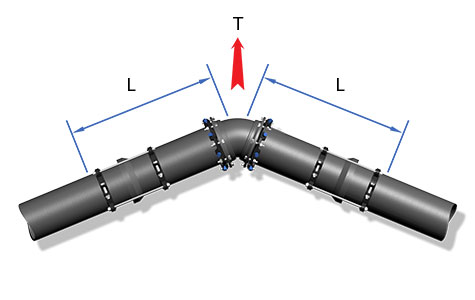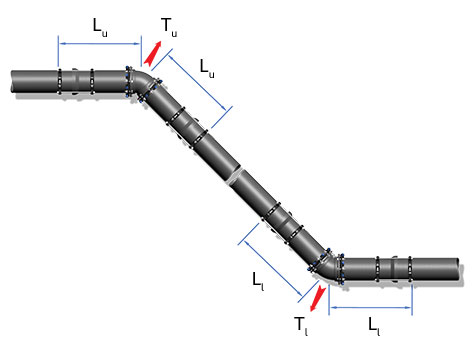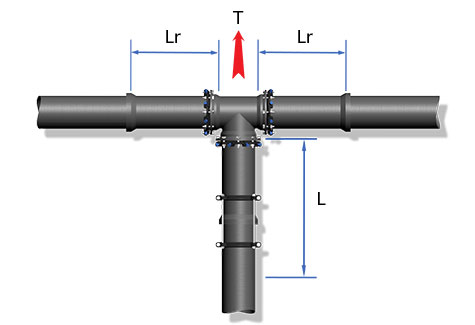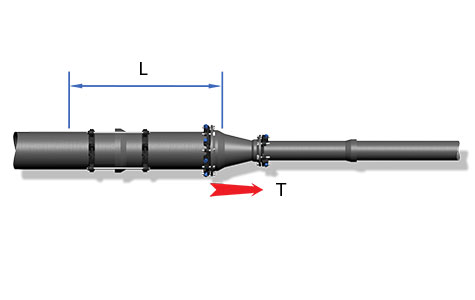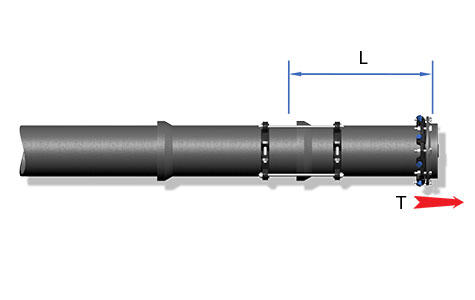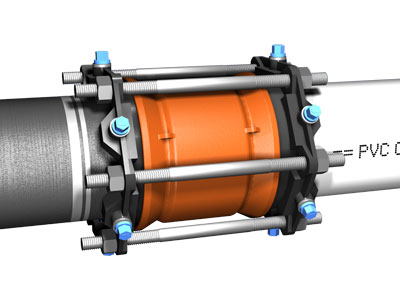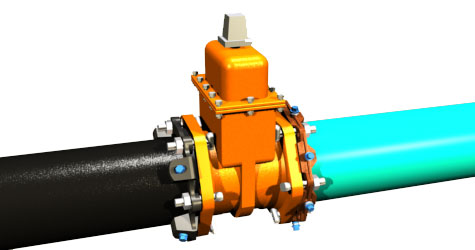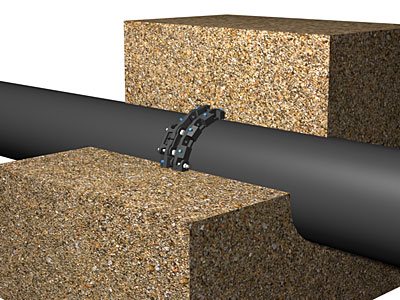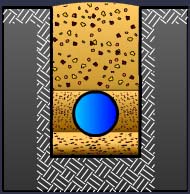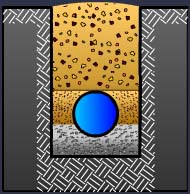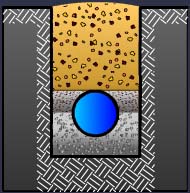Please select a project file to upload.
You may either download your project file or have it emailed to you as an attachment
Please ensure that all sites have a valid calculation before proceeding.
Include calculations on print-ready page?
This will generate a Comma Separated Values (CSV) file that can be imported into many different programs, such as Microsoft Excel.
Please ensure that all sites have a valid calculation before proceeding.





